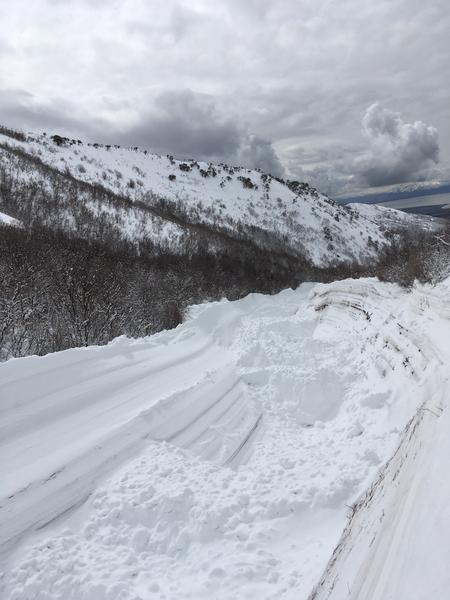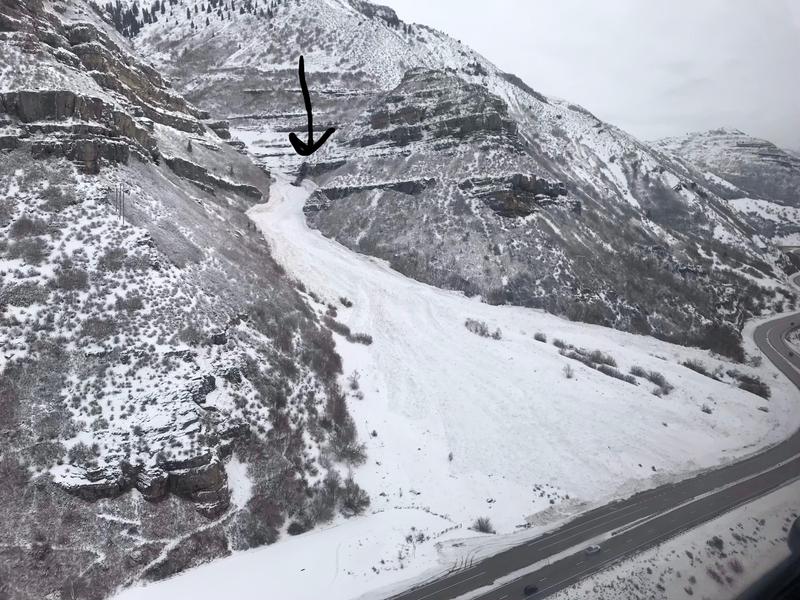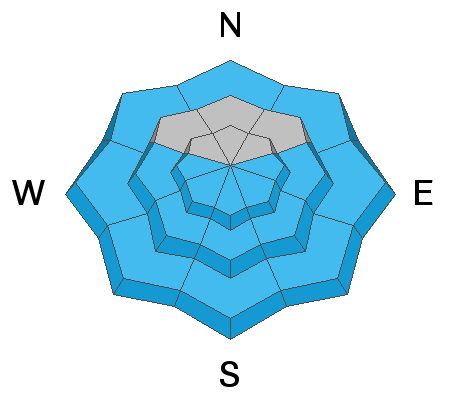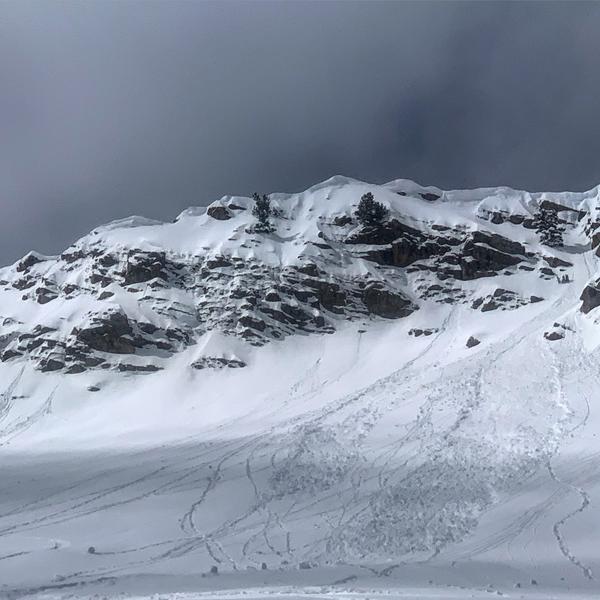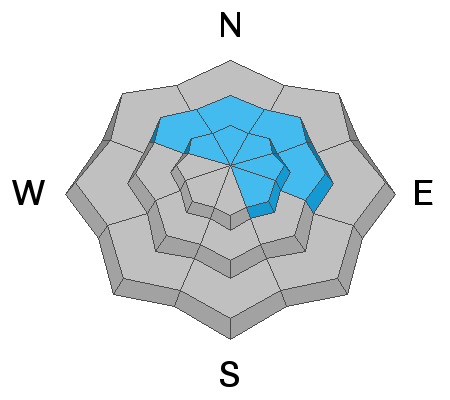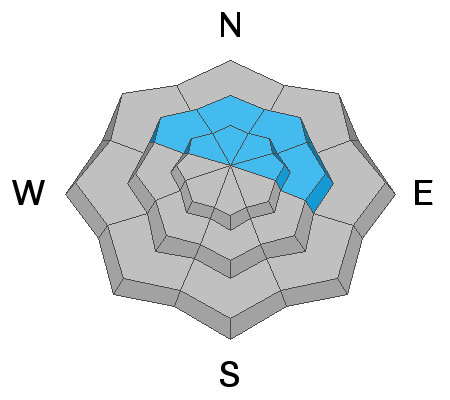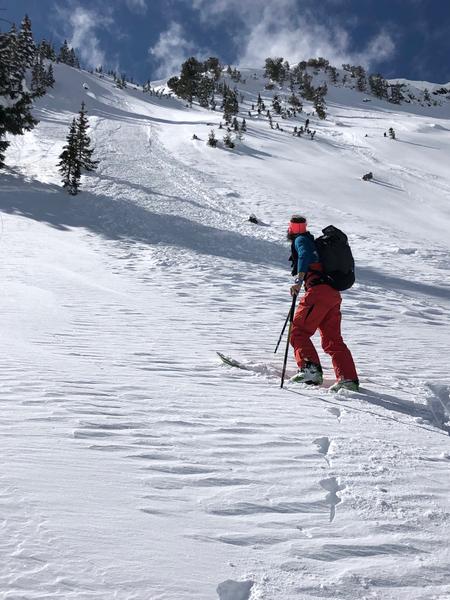Forecast for the Provo Area Mountains

Issued by Greg Gagne on
Tuesday morning, March 12, 2019
Tuesday morning, March 12, 2019
The hazard will rise to at least Moderate with heating from the sun, This includes east, south, and west aspects as well as low elevation northerly aspects. Both wet loose and cohesive wet slab avalanches are possible. Additionally, many slopes still have a CONSIDERABLE danger at the mid and upper elevations. It's also possible to trigger a much larger and deeper slide that breaks into deeper weak layers on aspects facing northwest through north through southeast at the mid and upper elevations.

Low
Moderate
Considerable
High
Extreme
Learn how to read the forecast here


